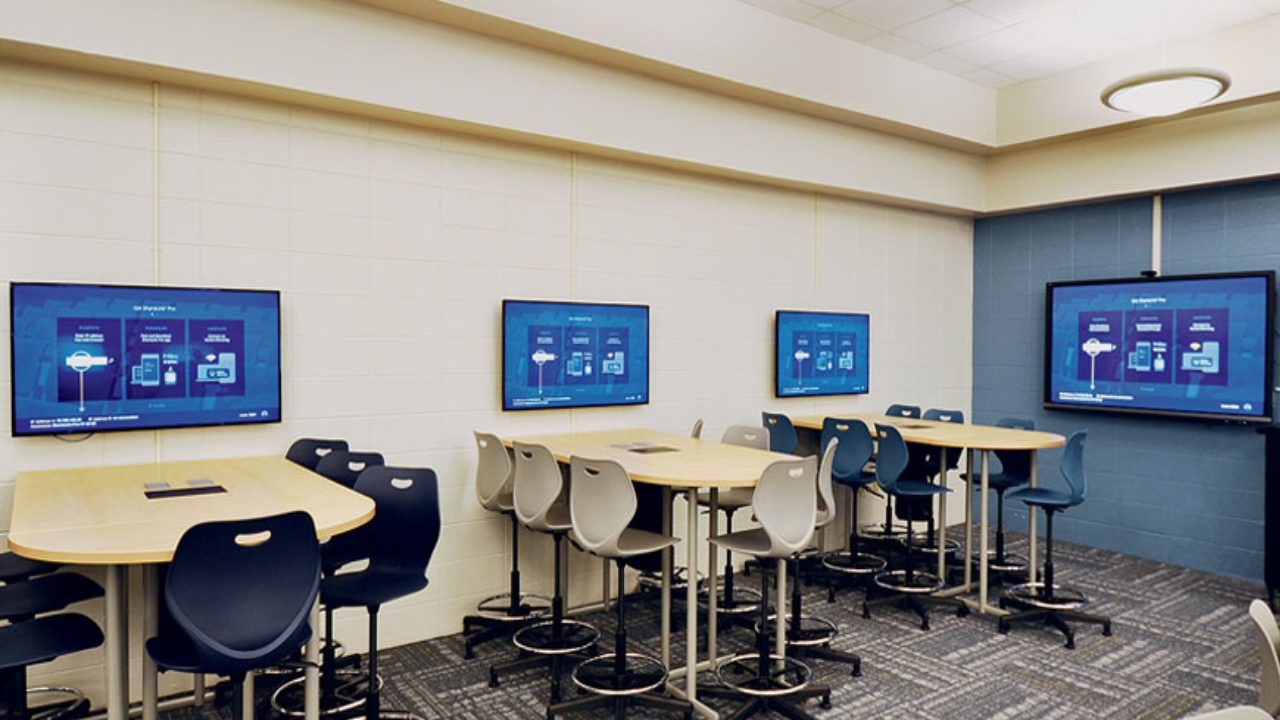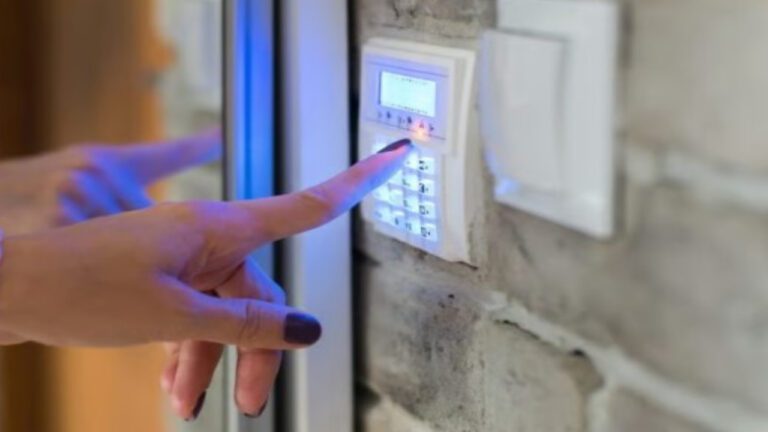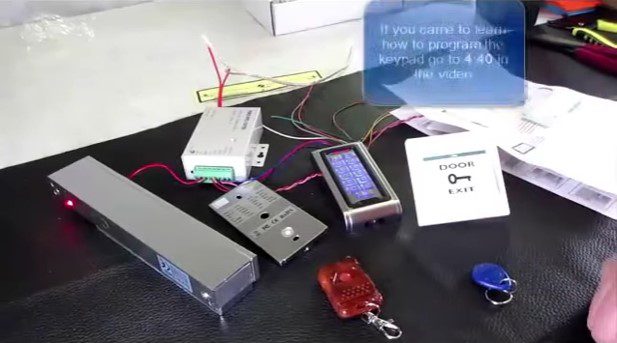Today’s classrooms use technology to make teaching and learning better. A classroom AV control system is a key tool. It stands out as very useful. This system makes it easier to manage audio and video tools. It helps make lessons more interactive and engaging. This article covers classroom AV control systems. It explains what they are, their benefits, key parts, how to choose the right one, and tips for setting it up well. This guide helps teachers use classroom technology better. It aims to improve learning results.
What is a Classroom AV Control System?
A classroom AV control system connects audio and video devices. It uses one control interface for everything. The term “AV” refers to audio and video technologies. This system lets teachers control projectors, smartboards, speakers, and microphones. They can manage everything from one easy-to-use panel. The system combines control into one point. This makes it easier to use many devices. Teachers can focus on their lessons instead of managing technology.
Importance of Classroom AV Control Systems
The integration of technology in classrooms has become essential for effective teaching. A classroom AV control system is crucial for managing various tech devices. The system helps with presentations and playing educational videos. It also makes interactive lessons easier. Teachers don’t need to handle many remotes or settings. This system makes lessons more efficient. It also reduces technical problems. This leads to a smoother experience for teachers and students.
Benefits of a Classroom AV Control System
1. Simplified Operation
A key benefit of a classroom AV control system is that it simplifies managing technology. It makes handling tech easier and more efficient. Teachers no longer need to use many remotes or control panels. They can manage all their equipment from one central point. This ease of use cuts down on time spent adjusting tech. Teachers can spend more time teaching.
2. Enhanced Learning Experience
A well-implemented AV control system enhances the learning experience. The system provides clear audio and video. This helps make lessons more engaging and easier to understand. Students get clear visuals and sound. This helps them follow lessons better and remember more. Better engagement can lead to improved academic performance. It also creates a more interactive classroom.
3. Increased Efficiency
Efficiency is a key advantage of classroom AV control systems. Teachers spend less time fixing problems or adjusting settings. The system makes these tasks simpler. This efficiency lets teachers spend more time teaching and interacting with students. It makes the classroom more productive and effective.
4. Fewer Technical Problems
A centralized AV control system reduces the likelihood of technical issues. The system controls all devices from one point. This helps avoid problems like equipment conflicts or wrong settings. This reliability is key for smooth teaching. Technical problems can disrupt lessons and affect student learning.
5. Easy Integration
Classroom AV control systems work with different technologies in today’s education. They fit with many types of classroom technology. The system connects to computers, educational software, and online resources. It ensures all devices work together. This easy integration makes using different tools and materials simpler. It improves how effective classroom instruction is.
Key Components of a Classroom AV Control System
1. Control Panel
The control panel is the core of the AV control system. It can be a physical panel with buttons or a touch screen interface. Teachers use this panel to manage projectors, smartboards, and other devices. A good control panel should be simple and easy to use. It lets teachers access and adjust the settings they need.
2. Projector or Display Screen
Projectors or display screens are essential for visual presentations. The AV control system handles settings like brightness, contrast, and resolution. It makes sure images and videos are clear and visible to all students. High-quality projection or display is crucial for effective visual learning and engagement.
3. Speakers and Microphones
Speakers and microphones are critical for delivering clear audio in the classroom. The AV control system lets you adjust audio levels. It spreads sound around the room. A good audio setup ensures all students can hear the teacher and multimedia content. It helps everyone stay engaged. It helps everyone understand what’s said.
4. Connection Points
HDMI ports, USB connectors, and audio jacks connect devices to the AV control system. They are where devices connect. Managing these connections well is important. It helps all equipment work together. The system prevents connection problems. It helps devices work together.
5. Smartboard Integration
Smartboards often support interactive lessons. The AV control system works with smartboards. It lets teachers manage features and settings with ease. This integration supports interactive teaching methods, allowing for dynamic and engaging classroom activities.
How to Choose the Right Classroom AV Control System
1. Assess Your Needs
Before choosing a classroom AV control system, check your needs. This helps you pick the right one. Consider the type of technology you use in your classroom and how you want to manage it. If you use many projectors or interactive devices, check that the system can handle them. Knowing your needs helps you pick a system that fits your classroom’s tech setup.
2. Ease of Use
Choose a system that is easy to use. A simple control panel makes it easy for teachers to use the system. They don’t need much training. User-friendliness is important. It helps teachers manage technology and focus on teaching.
3. Compatibility
Ensure that the AV control system is compatible with your existing equipment. The system should work well with all the devices you plan to use in the classroom. Compatibility prevents technical issues and ensures that all technology functions together as intended.
4. Budget
Classroom AV control systems come in various price ranges. Determine your budget and find a system that offers the features you need within that range. Consider the long-term value and potential extra costs, such as installation and maintenance. A cost-effective system helps you use your technology budget well. It ensures good value for money.
5. Support and Maintenance
Select a provider that offers reliable support and maintenance services. Good support solves AV control system problems fast. It fixes issues fast and well. Look for warranty options and good customer service. This ensures you get quick help when needed.
Setting Up a Classroom AV Control System
1. Installation
It’s best to have professionals install the AV control system. They ensure it’s set up right. This includes connecting all devices and setting up the control panel. It involves checking that everything works. Professional installers set up the system. They follow best practices to ensure everything works well.
2. Configuration
After installation, configure the AV control systems. This means setting up the control panel to manage all devices. It also involves adjusting settings for the best performance. Proper configuration is key. It makes sure the system works well and provides a smooth user experience.
3. Training
Providing training for teachers on how to use the AV control system is crucial. Training helps educators learn the system and use it well. Provide hands-on training and user manuals. This helps teachers use the technology with confidence.
4. Testing
Test the AV control systems to make sure all parts work. Test the projectors, speakers, and smartboards. Check that all settings are correct. Testing helps identify any issues and ensures that the system is ready for classroom use.
Common Issues and Troubleshooting
1. Device Not Responding
If a device is not responding, check the connections and power supply. Connect all cables and turn on the device. If the problem continues, use the troubleshooting guide. You can also contact technical support for help.
2. Audio Problems
For audio issues, check the speaker connections and volume settings. Check that the microphone works. Make sure the audio levels are set right. Consult the user manual for troubleshooting tips if audio problems continue.
3. Display Issues
If the projector or display screen has issues, check the input source and settings. Align the projector and select the correct input. Verify all connections and consult the user manual for more troubleshooting steps.
4. System Updates
Update the AV control system software to keep it performing well. Check for updates from the manufacturer and apply them as needed. Keeping the system up-to-date helps ensure compatibility and functionality.
Conclusion
A classroom AV control system boosts teaching and learning. It’s a powerful tool for improving the classroom experience. The system makes it easier to manage audio and video equipment. This creates a more engaging and effective classroom environment. Know the benefits and key parts of these systems. Understanding how to choose the right one is important for making a good decision. Proper installation, configuration, and training are crucial for maximizing the system’s effectiveness. A good classroom AV control systems lets teachers focus on giving great lessons. It also improves the learning experience for students.




